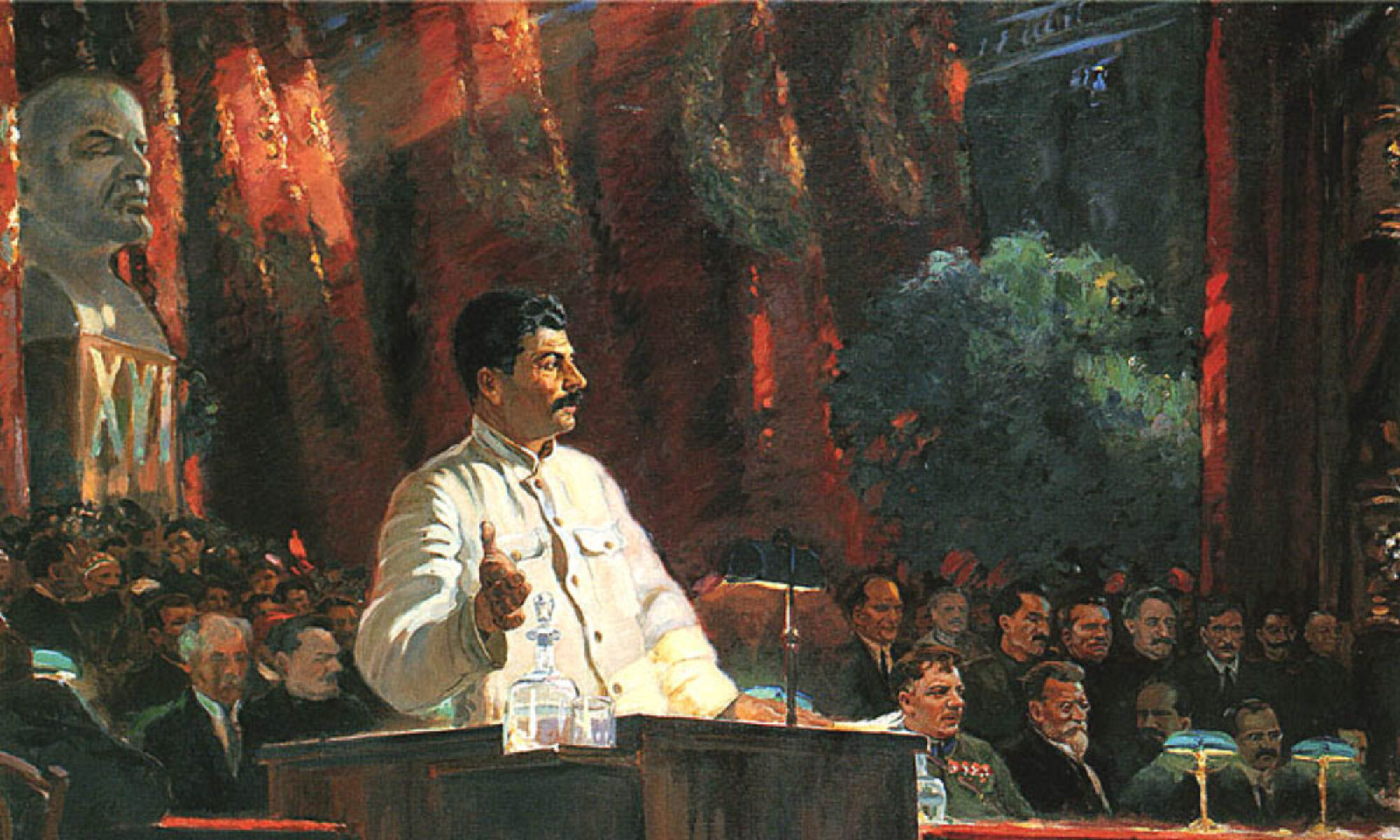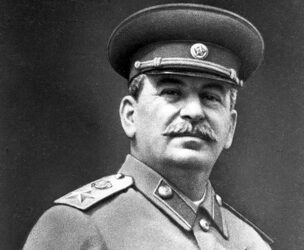“Tell them straight out, you disagree with Stalin’s line, and name as many other who disagree as you can. They can’t arrest the whole Party, and by the time they have thousands of such cases on their hands, someone will think of calling an extraordinary Party congress and there will be a chance of overthrowing him. […] Of course it may mean the end for us, but it’s the only way to save the Party” (75).
The above quote is transmitted to Eugenia by Garey. He has been in prison longer than her, and he has hatched this idea that by sending the police on a wild-goose chase, it will save the Party. Obviously, this plan does not seem to be well developed. I think we could definitely talk about the absurdity of this plan, but I think a more compelling discussion would come from talking about Garey’s motives. Here is this man, a well established party member, who has been harassed, beaten, and imprisoned by the Party. But, he still wants to save it. Why? I think Eugenia’s rational for not doing what Garey suggested is very interesting since it also has to do with Party loyalty. What are we supposed to believe causes them to have faith things will get better and the Party will survive this terror?

